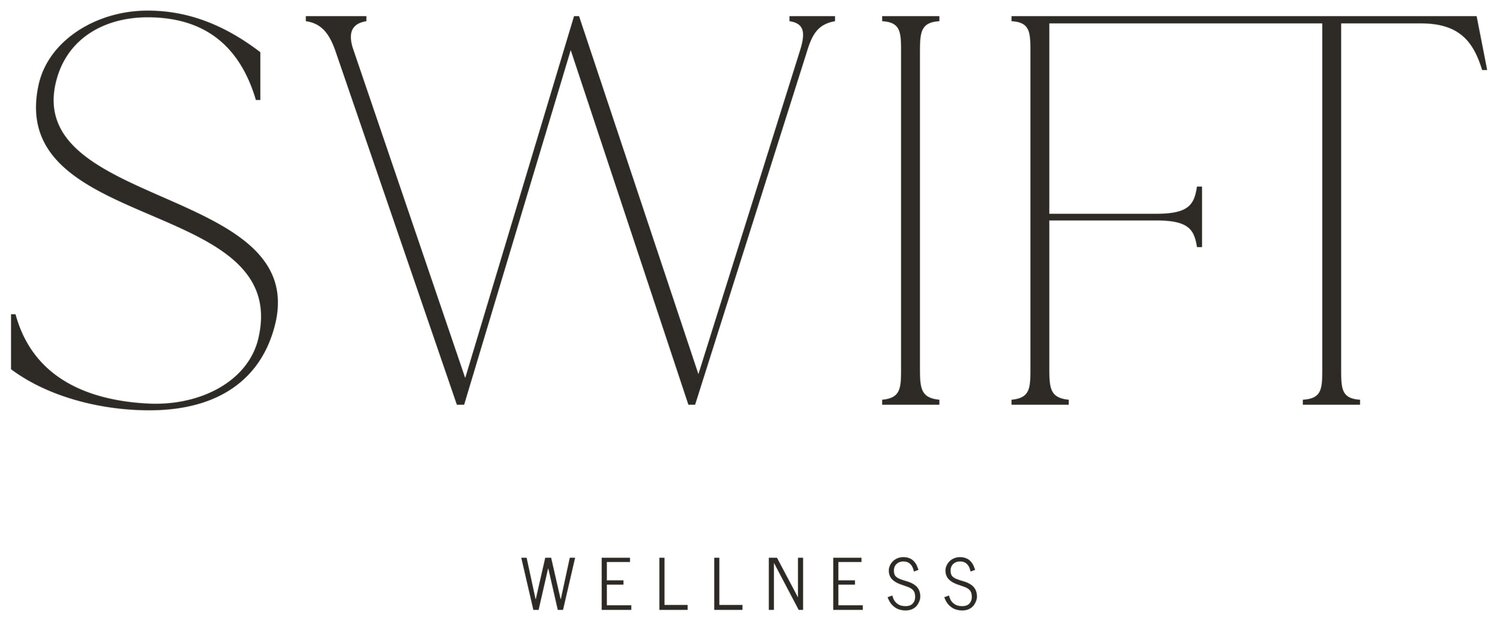Why Using Gender Inclusive Language Matters
There have been so many necessary conversations about integrating gender neutral language into our vocabulary, but because we socialized into such a gendered society, it can feel like a lot to relearn. Especially when we start integrating conversations about reproductive health and reproductive justice, it’s even more paramount that we are mindful about our language.
Before digging into this, it’s important to note that it’s not just about integrating this language into your vocabulary; it’s about shifting your perspective on gender. It’s not enough to simply memorize someone’s pronouns or change the name you call someone by; it’s about allowing your view of the world and the people in it to be malleable—to move and grow as you gain new language and information. With this in mind, it is also okay if you stumble through this. It’s just important that you try, apologize if you mess up, and change your language in the future.
““It’s not enough to simply memorize someone’s pronouns or change the name you call someone by; it’s about allowing your view of the world and the people in it to be malleable—to move and grow as you gain new language and information...it is also okay if you stumble through this. It’s just important that you try, apologize if you mess up, and change your language in the future.””
Note: When you see the term non-binary, know it is often used as an umbrella term to refer to people as, but not limited to, gender fluid, genderqueer, and gender non-conforming.
Gender Inclusive Language in Day-to-Day Life
There is gendered language all around us and it can be hard to know what some of the alternatives look like. Hands down, one of the most frequent questions I get asked as a non-binary person is, “What do I say instead of “sir” or “ma’am?” While there is no simple answer to this and can vary person-to-person, I think it’s totally valid to just say, “Hi, excuse me!” No gendering needed. Using gender-neutral language should also be combined with checking your assumptions about gender stereotypes. Our culture focuses on very specific ideas of what sex and gender mean and look like. It is important to challenge your assumptions in order to include diverse experiences.
For example, I was assigned female at birth (you will also sometimes see this abbreviated as AFAB or AMAB for assigned male at birth) and choose to present femme most of the time because it is what feels most comfortable for me right now, even if I don’t identify with many aspects of being a woman and do not identify as one. But not everyone is like this and there are many ways that being non-binary or trans can look like. While being mis-gendered is something I am able to emotionally work through, it can be very dysphoric.
It is my hope that we remove gendered language as much as we can to create a more validating world for everyone. It takes a conscious unlearning that we cannot assume gender by just looking at a person and there may be people in the world who may not be able to be out yet, for various reasons. Using gender-inclusive language can help make spaces feel more safe for those humans as well.
The thing about growing our gender-inclusive vocabulary is that it’s okay if it takes some time if you aren’t used to it. There are some easy ways to incorporate it, but it has to be an active priority. Here are a few examples:
Instead of “boys and girls” or “ladies and gentlemen,” say: “Hi, kids/class,” or “Hey, folks.”
Instead of mother or father, say: parent.
Instead of brother or sister, say: sibling
Instead of pregnant women, say: pregnant person/people.
Instead of feminine care products,”say: period products.
Instead of postman or fireman, say postal-worker or firefighter.
Consider not using the term “womxn.” While this term originally aimed to be inclusive of all women, it has since implied that the original term “women” does not include trans women. For this reason, it is advised not to use this term because trans women are women and do not require a special term that ends up being exclusionary.
Gender Inclusive Language in Medical Care
As a non-binary person, navigating a doctor’s office can cause a lot of anxiety. I can tell you that finding a doctor who respects pronouns as a bare minimum can be hard to find—that’s why advocating for this language in our everyday lives is paramount. These kinds of instances can stop people from going to the doctor at all, or can create traumatic experiences when care is sought out. It can be really invalidating to receive care from someone who doesn’t consider or respect the different bodies reproductive experiences can occur in.
Before I was out as non-binary—but had a feeling that it’s how I wanted to identify—I was really scared that, when I did come out, my healthcare providers wouldn’t take me seriously. I haven’t seen a gynecologist since coming out as non-binary either and have been really scared to find a provider. I fear I won’t be able to find one that is gender-affirming because so much about having a uterus has language about femininity, womanhood – things I, and many people, do not identify with. I know that affirming care is possible, but it is a fear that many non-binary, trans, and intersex humans think about when finding a provider.
These anxieties became even more pronounced when Texas passed the strictest abortion law to date: SB8. This law bans abortion once cardiac activity is detectable, which can happen as early as six weeks—before many people know that they are pregnant. This is absolutely a women’s issue, as well as an issue that impacts anyone who has a uterus.
This law will disproportionately impact people of color. Systematic racism and white supremacy continuously oppress people of color and trans people of color, especially, are statistically less likely to receive adequate care. Advocating for inclusive language is the minimum step towards dismantling these systems, and it is an important step.
Reproductive health doesn’t just impact women or girls, it impacts people of all genders and the education around these issues has to be intersectional in order to encourage adults and children of all kinds to ask for the help they need as well. Non-binary and trans kids exist. Non-binary and trans adults exist. We have to create a world where they feel seen and safe, as well. When you speak about gender justice as “women’s rights,” you are not addressing the broad spectrum of people these issues affect.
““An argument I hear often is that advocating for this kind of change is erasing the women’s experience. It’s important to consider that, when we are talking about periods, pregnancy, and reproductive health, using gender inclusive language can help women who may feel ostracized due to conditions that make it so they can’t have a period or get pregnant. Menstruation and pregnancy are not synonymous with womanhood. The truth is: not all women have periods or can get pregnant, and not everyone who has a period and can get pregnant is a woman. Calling for language that reflects this reality isn’t about erasing women — it’s about making care more inclusive and accessible.””
An argument I hear often is that advocating for this kind of change is erasing the women’s experience. It’s important to consider that, when we are talking about periods, pregnancy, and reproductive health, using gender inclusive language can help women who may feel ostracized due to conditions that make it so they can’t have a period or get pregnant. Menstruation and pregnancy are not synonymous with womanhood. The truth is: not all women have periods or can get pregnant, and not everyone who has a period and can get pregnant is a woman. Calling for language that reflects this reality isn’t about erasing women — it’s about making care more inclusive and accessible.
It is the hope that this shift in language takes place in all medical providers’ offices, so that people of all identities feel safe and comfortable receiving care. Some ways that medical professionals can integrate gender inclusive language may sound like:
Instead of: “Women should get regular pap smears,” say: “People who have a cervix should get regular pap smears.”
Instead of: “When women menstruate…” say: “When people with uteruses menstruate…”
Words such as “may,” “might,” “can,” “could,” or “often” can help include people that a statement may not apply to, such as intersex or trans people when discussing anatomy.
At the end of the day, everybody deserves bodily autonomy. People deserve the right to name their own identities, bodies, and experiences. People deserve to have those identities, bodies, and experiences respected. Beginning to use more inclusive language is just the tip of the iceberg, but it’s an important step that we can all take to make sure that everyone feels included and can receive safe and effective care as needed.
Here are some people to follow to learn more about trans rights, non-binary experiences, and inclusive reproductive health:



